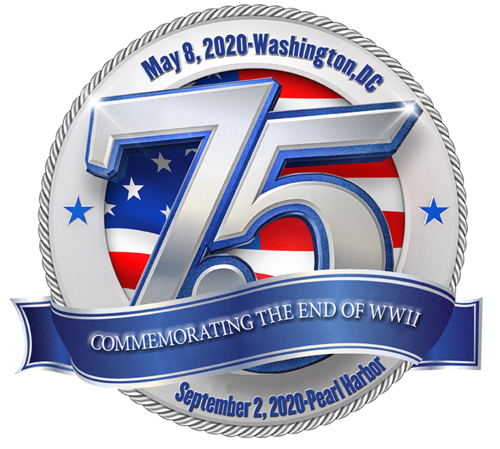Battle of Iwo Jima
U.S. Marines battled the Imperial Army of Japan on Iwo Jima after American forces invaded the island on Feb. 19, 1945, a battle that would last five weeks.
Iwo Jima, which means Sulfur Island, was strategically important as an air base for fighter escorts supporting long-range bombing missions against mainland Japan. Because of the distance between mainland Japan and U.S. bases in the Mariana Islands, the capture of Iwo Jima would provide an emergency landing strip for crippled B-29s returning from bombing runs. The seizure of Iwo would allow for sea and air blockades, the ability to conduct intensive air bombardment and to destroy the enemy's air and naval capabilities.
The seizure of Iwo Jima was deemed necessary, but the prize would not come easy. The fighting that took place during the 36-day assault would be immortalized in the words of Commander, Pacific Fleet/Commander in Chief, Pacific Ocean Areas Admiral Chester W. Nimitz, who said, "Among the Americans who served on Iwo Island, uncommon valor was a common virtue."
To the Japanese leadership, the capture of Iwo Jima meant the battle for Okinawa, and the invasion of Japan itself, was not far off.
Battle of Okinawa
The last major amphibious assault of World War II, the Battle for Okinawa, began on April 1, 1945, when U.S. soldiers and Marines landed under heavy naval gunfire and aircraft support. The campaign lasted 82 days, ending with Allied victory.

